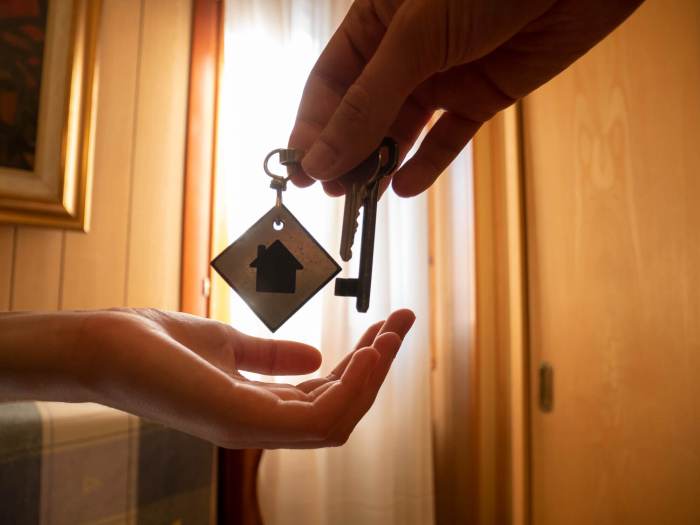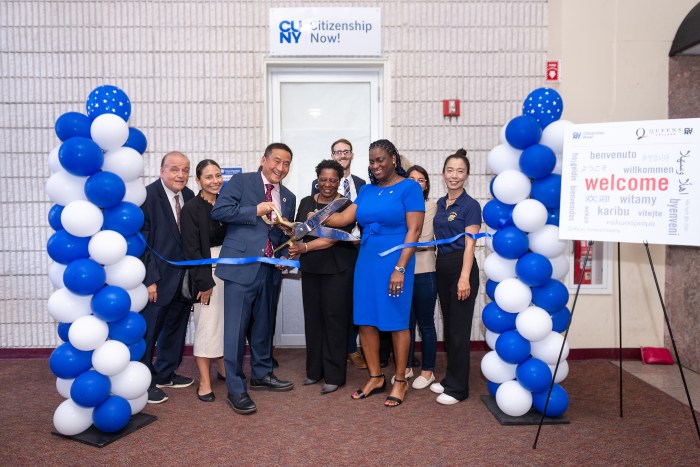
It’s not easy being a student with disabilities in New York City.
Michelle Noris’ son has cerebral palsy in addition to a movement disorder. He communicates with a computer and uses a wheelchair.
Like most parents, Noris thought her son deserved the best education — she was happy to find that the test for the city’s gifted and talented program was being held across the street from their house in Queens.
There was only one problem: The site wasn’t accessible via wheelchair and there was no clear way to request an accessible test-taking site on the signup page. So Noris’s son didn’t take the test.
Luckily, he found a place at the Henry Viscardi School on Long Island, which serves severely disabled children.
“The Department of Education does send him there,” says Noris, but his school is far from his neighborhood, which “eliminates the ability to socialize. That’s missing in our life.”
To compensate, Noris brings her twelve-year-old son to her ten-year-old’s neighborhood public school events — movie nights, shows, dances, which allowed her son to meet his peers.
Accomplishing this, however, often necessitates Noris carrying her sixty-five-pound son, plus his wheelchair, up the stairs to the auditorium. Once seated, Noris has to “hold him in an auditorium seat,” for hours. For a talent show last June, they left at intermission.
This year, Noris tried to change things. She says she asked the Department of Education if they could purchase a stair lift, around $6,000. It didn’t seem like such a crazy request.
Requests like these are familiar to many families like Noris’s who struggle with accessibility issues — issues which, since the passage of the Americans with Disabilities Act in 1990, they shouldn’t be dealing with at all.
Problems throughout the school system
Just before Christmas, crusading U.S. Attorney Preet Bharara laid out the findings of a two-year investigation into accessibility of city schools.
The investigation found that only 17 percent of schools are fully accessible. And the issue is more than elevators. Bharara found doorknobs and bathroom grab bars that would have been difficult for disabled children to use; and layouts that are inimical to navigation by the blind.
Bharara requested a response concerning these “barriers to equal access” by the end of this month, including a timeline to get in compliance with the ADA.
This isn’t a conspiracy on the part of the Department of Education. Buildings are old and the department is committed to giving every kid an education, somewhere. But parents say there’s plenty of room for improvement, and somewhere isn’t good enough.
In the case of Michelle Noris’ son, the Department of Education said they couldn’t spring for the stair lift. But if the family ever wanted to attend an event at the school, the school would hold the event in the cafeteria on the ground floor.
Which is the crux of the problem. There was the potential that Noris’ son would be accommodated. But the length to go for accommodation was inequality in itself.
Progress is coming, slowly
The city has said that $100 million in capital funds will be used for accessibility to begin making every school accessible. A full timeline is still to come.
But until every school is accessible, finding the right one isn’t easy.
Kate Baier’s daughter, Greta, has a congenital muscle disorder and uses a wheelchair and ventilator, the “machine that keeps her alive,” according to Baier.
When they began looking for schools for Greta, who is 7, nothing was particularly close. Choices ranged from one on the tip of lower Manhattan, to one on the Upper West Side, which they ultimately chose. From their home in Gramercy, it was an hour and a half round trip every day. Though they were very happy with the school, its location forced Greta to do an adult commute.
Baier says her daughter is cognizant of what she’s missing. “She’s asked us, ‘When I get older, how will I do group work with the kids in my class?’”
Maybe by that time, the Department of Education will have made some upgrades. It’s about “taking that next step,” says Noris. “Getting to community.”
This is amExpress, the conversation starter for New Yorkers. Did someone forward you this email? Subscribe at amny.com/amexpress.

















